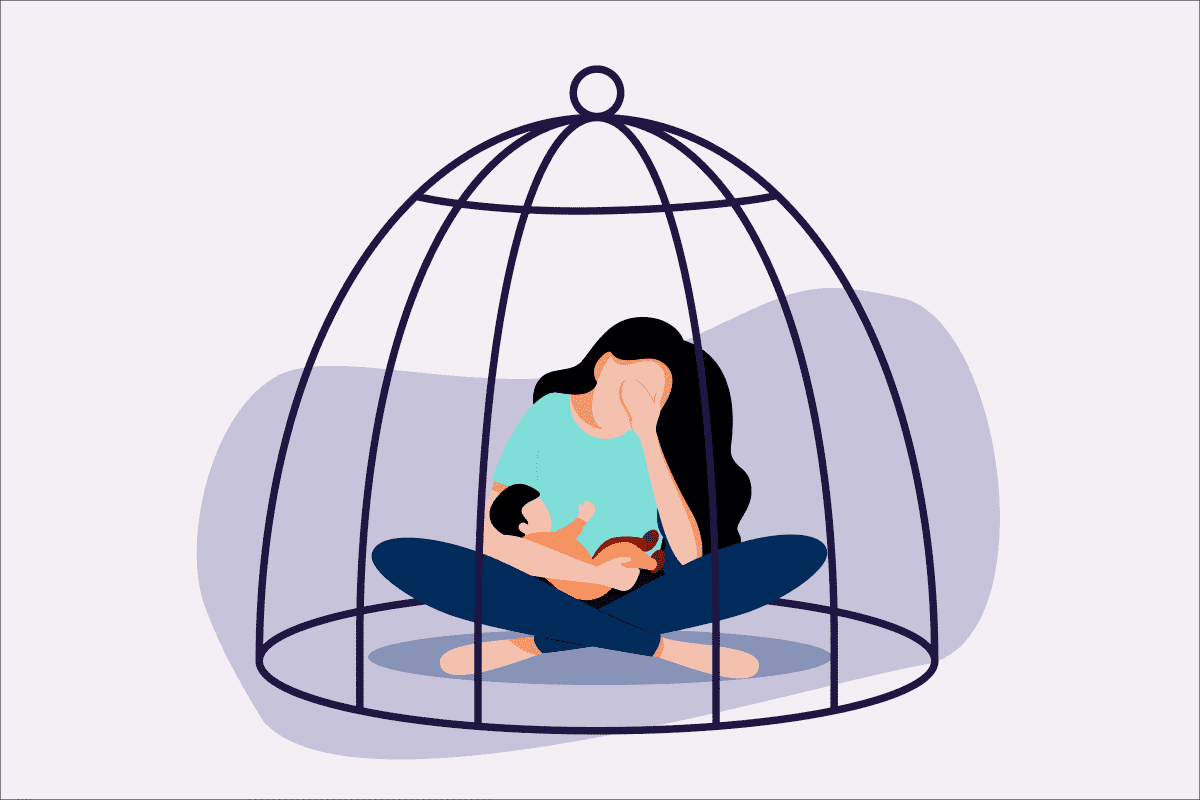Depression is a prevalent and pernicious disorder. About 1 in 5 US adults have at least 1 lifetime episode of major depression. Of those with depression, the majority will relapse over the long-term and many will have poor mental health outcomes and psychosocial disabilities. Over the past century, a range of treatments, including medications with varying mechanisms of action, have been developed to manage depression. Treatments from seizure therapies to an array of medications—amphetamine, tricyclic antidepressants, monoamine oxidase inhibitors, mixed-action antidepressants, selective serotonin reuptake inhibitors, and dual reuptake inhibitors—have evolved.
(J Clin Psychiatry 2012;73[suppl 1]:5-9)
From the Department of Psychiatry and Behavioral Sciences, University of Texas Medical Branch, Galveston.
This article is derived from the planning teleconference series "A Fresh Look at Monoamine Oxidase Inhibitors for Depression," which was held December 2011 through February 2012 and supported by an educational grant from Mylan Specialty L.P. (formerly known as Dey Pharma, L.P.).
Dr Hirschfeld has received royalties from Jones and Bartlett, has received honoraria from Merck Manual Editorial Board, and has received CME support from CME Outfitters and Nevada Psychiatric Association.
Corresponding author: Robert M. A. Hirschfeld, MD, Department of Psychiatry, 301 University Blvd, Galveston, TX 77555 ([email protected]).
doi:10.4088/JCP.11096su1c.01
© Copyright 2012 Physicians Postgraduate Press, Inc.
This PDF is free for all visitors!


